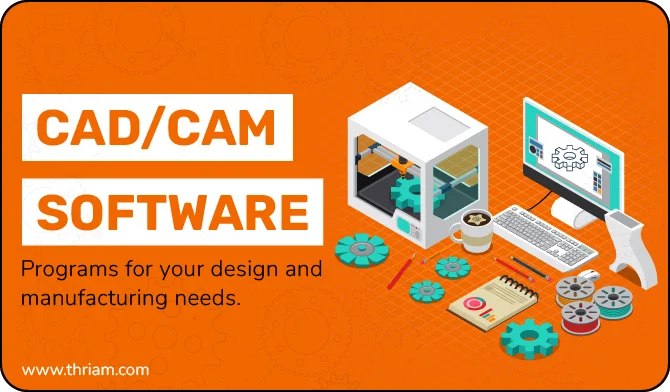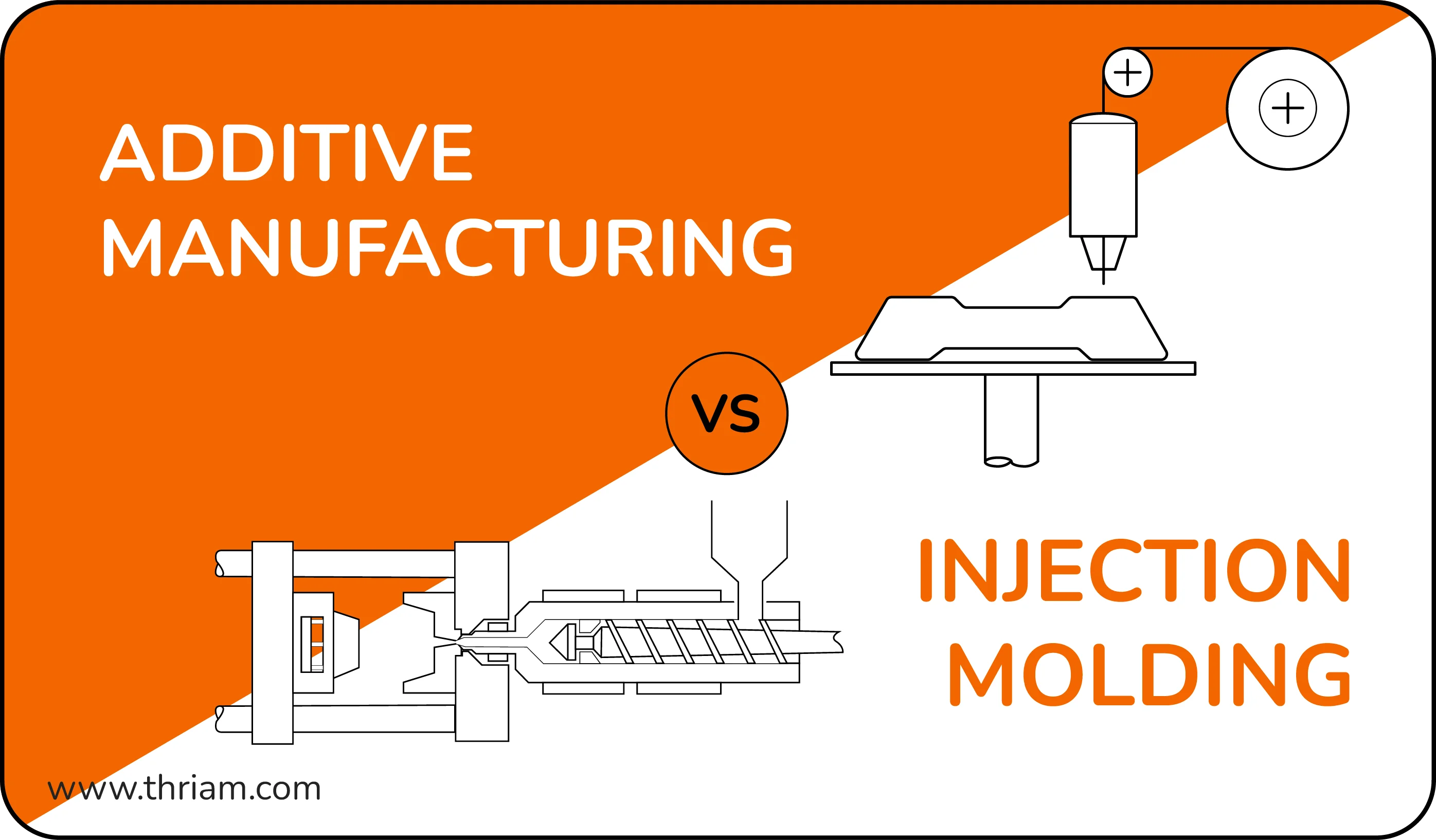The Ultimate Guide to types of Injection Molds
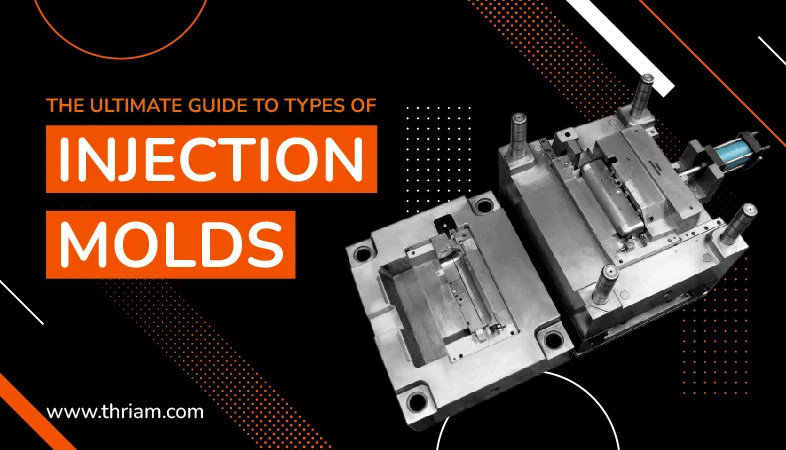
An injection mold is a custom-made tool used in the process of injection molding, which is a widely used manufacturing technique for producing plastic components and products.
Simply put, an injection mold is a hollow metal block or cavity that is carefully crafted to the desired specifications of the final product. It is typically made from materials like steel or aluminum, which offer the necessary strength, durability, and heat resistance required for the injection molding process.
The injection molding process starts with the heating of plastic granules or pellets until they melt into a molten state. This molten plastic is then injected into the mold cavity under high pressure using an injection molding machine. The mold cavity is designed to shape the melted plastic into the desired form, reproducing the intricate details, features, and dimensions of the final product.
Once the molten plastic fills the mold cavity, it is allowed to cool and solidify. The cooling process enables the plastic to harden and take on the shape of the mold cavity. After the plastic has solidified, the mold opens, and the final product is ejected, ready for further processing or use.
Injection molds are vital components of the injection molding process as they determine the quality, accuracy, and consistency of the final product. The precision and intricacy of the mold design directly impact the shape, size, surface finish, and other characteristics of the plastic part being produced.
Designing and creating an injection mold requires careful consideration of various factors, including the specific requirements of the final product, the type of plastic material being used, and other considerations like part ejection mechanisms, cooling systems, and venting to prevent trapped air or gas.
Significance of Understanding Different Types of Injection Molds
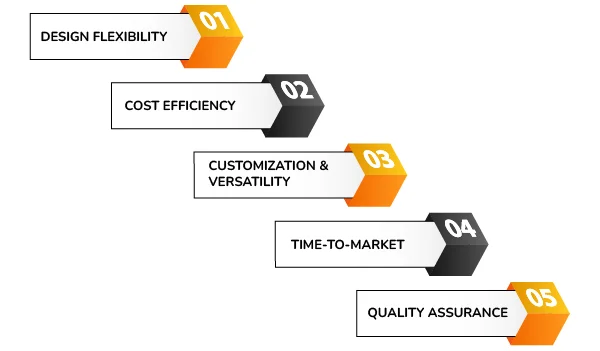
Injection molding is a versatile and widely-used manufacturing process for producing plastic components and products. To maximize the benefits of this technique, it is important to have a thorough understanding of the different types of injection molds that are available. Here are some reasons why:
- Design Flexibility: Different injection molds offer varying levels of design flexibility. By understanding the capabilities and limitations of different mold types, manufacturers can optimize the design of their products to meet specific requirements. This includes incorporating complex shapes, intricate details, and unique features that may not be achievable with other molds.
- Cost Efficiency: Choosing the right mold type can have a significant impact on production costs. Certain molds, such as interchangeable inserts or multi-cavity molds, allow for the simultaneous production of multiple parts, resulting in higher production efficiency and cost savings. By understanding the different mold options available, manufacturers can make informed decisions to minimize costs while maintaining quality.
- Customization and Versatility: Different products have unique design requirements, and understanding different mold types empowers manufacturers to create molds tailored to their specific needs. Whether it's a prototype mold for small batch production or a high-volume production mold, having knowledge of the various mold options ensures the ability to choose the most suitable one for the desired outcome.
- Time-to-Market: The ability to quickly bring a product to market is critical in today's competitive business landscape. Different types of molds offer varying production speeds and efficiencies. By understanding which mold is most suitable for a particular project, manufacturers can optimize production time and improve overall time-to-market for their products.
- Quality Assurance: The choice of mold type directly impacts the quality and consistency of the final product. Understanding the different mold options allows manufacturers to select the one that will best achieve the desired product specifications, such as dimensional accuracy, surface finish, and structural integrity. This knowledge also helps in identifying potential challenges and addressing them early in the production process, ensuring higher quality products and minimizing defects.
Different Types of Injection Molds
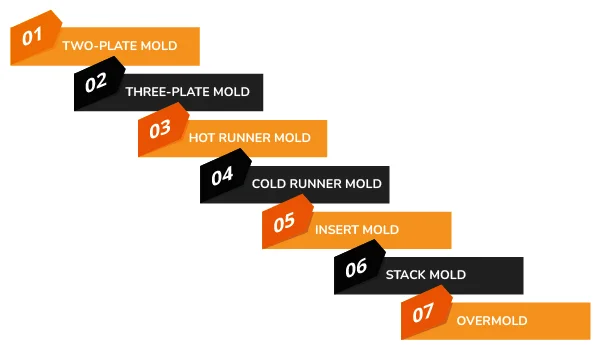
Two-Plate Mold:
The two-plate mold is the most basic and commonly used type of injection mold. It consists of two main halves, the cavity half and the core half, which separate to eject the product. This mold type is often used for simple, single-component products with no undercuts or complicated features.
Three-Plate Mold:
The three-plate mold is similar to the two-plate mold, but it has an additional plate, known as the stripper plate or floating plate. This plate allows for the ejection of undercut features or complex geometric shapes. The three-plate mold is more versatile and suitable for complex products that require intricate details or internal threads.
Hot Runner Mold:
Hot runner molds are used when there is a need for efficient and controlled plastic flow. In this type of mold, a heated manifold system is integrated into the mold structure. It ensures that the molten plastic is kept at the appropriate temperature during the injection molding process, reducing waste and cycle time. Hot runner molds are commonly used for high-volume production and can result in cost savings by eliminating the need for runners and reducing material waste.
Cold Runner Mold:
The cold runner mold is the traditional type of injection mold, where solidified runners are present to deliver the molten plastic to the mold cavity. Once the product is formed, these runners need to be separated and discarded, resulting in higher material wastage and longer cycle times compared to hot runner molds. Cold runner molds are typically used for low-volume production or when specific material characteristics are required.
Insert Mold:
Insert molds are designed to incorporate metal or plastic inserts into the final product during the injection molding process. The inserts can be added to provide strength, electrical conductivity, or different textures. This type of mold is commonly used for producing components that require additional features or functionality, such as electrical connectors or threaded inserts.
Stack Mold:
A stack mold is a specialized mold that allows for multiple part cavities to be stacked vertically, increasing the production output. It consists of two or more mold halves that are offset in such a way that they can produce multiple parts in each cycle. Stack molds are ideal for high-volume production where maximizing productivity is crucial.
Overmold:
Overmolding is a process where two or more different materials are combined in a single mold to create a composite product. This type of mold enables the production of products with soft-touch grips, cushioning, or multiple colors. Overmolding is commonly used for producing products such as toothbrush handles, electronic devices, and automotive parts.
Conclusion
In conclusion, understanding the various types of injection molds is critical for the success of any plastic manufacturing project. Choosing the right mold type allows businesses to achieve production efficiency, minimize costs, and ensure high product quality. Each mold type has unique benefits and capabilities, from the simple two-plate mold to the complex stack mold or overmold. As technologies evolve and customer expectations change, businesses must stay informed about the latest injection mold options. By staying up-to-date with industry trends and innovations, manufacturers can optimize their production processes and produce customized, high-quality plastic products that meet or exceed customer expectations. Ultimately, investing in the latest injection molds is a wise strategy for any business seeking to remain competitive in today's fast-paced global market.

